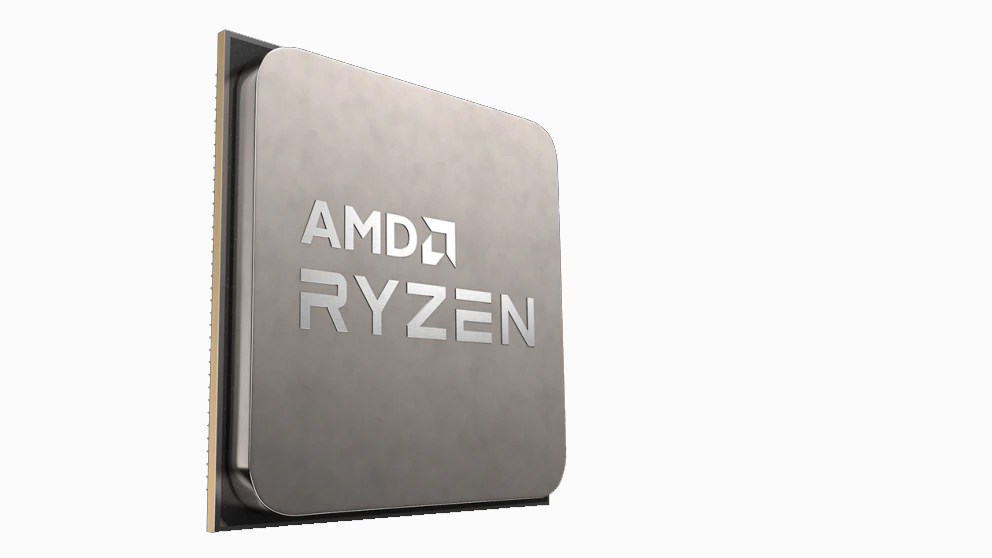|
Back to all articles
Getting to Know the Ryzen 5000X Series
Published: 6-24-2021

AMD continues to give Intel a bloody nose in the desktop CPU market with its impressive (and affordable) series of Ryzen desktop CPUs. With the launch of the Ryzen 5000 series processors, AMD has met or exceeded the IPC (instructions per clock) of Intel’s offerings, while stuffing more cores into the package for the same money.
With the Ryzen 3000-series of chips, high-performance versions of base model CPUs had an “X” or an “XT” at the end of the model number to denote faster base and boost clocks. For the most part, all of the 5000 series now have an X, with some exceptions.
CPUs Without an X
At the time of writing there are two models of 5000-series Ryzen CPUs that don’t have an X at the end of their names. That would be the 5900 and 5800, with 12 and 8 cores respectively. These CPUs are only sold to OEMs and normal customers can’t buy them off the shelf. So you really only have to worry about them in certain pre-built products.
X Marks the Spot
So getting on to the CPUs you can actually buy, here’s what’s on the table: Ryzen 5 5600X (6 cores, 12 threads, 3.7 to 4.6 Ghz, 32MB L3 cache) Ryzen 7 5800X (8 cores, 16 threads, 3.8 to 4.7 Ghz, 32MB L3 cache) Ryzen 9 5900X (12 cores, 24 threads, 3.7 to 4.8 Ghz, 64MB L3 cache) Ryzen 9 5950X (16 cores, 32 threads, 3.4 to 4.9 Ghz, 64MB L3 cache)
Interestingly, these CPUs have better boost clock figures the higher up the product stack you go. So if you do opt for a model with many cores, you won’t be sacrificing single-core or low-thread performance. The chips are faster in all situations the bigger you go.
Is Zen 3 Worth it Over Zen 2? Confusingly, Ryzen 5000 chips are the third generation of Ryzen CPU, and Ryzen 3000 chips are the second generation. So the gap between the two may not be as much as the names suggest by themselves.
If you are currently running a Ryzen 3000-series CPU and have the right motherboard chipset, then you might be in a position to simply drop a 5000-series chip into your existing system.
The IPC uplift between Zen 2 and Zen 3 depends on the specific workload, but we’ve seen that figures between 20% and 25% aren’t uncommon. So if you kept the core count and clock speeds the same, that’s a significant increase. Pick a CPU with more cores and the multithreaded performance figure should climb even more dramatically. In general we think the performance increase in each product segment in the stack is more than enough to justify the upgrade. If you’re looking at building an entirely new system, then The 5000X Zen 3 CPUs are undoubtedly the most sensible choice.
LIST OF COMPATIBLE WORKSTATIONS

|
|
|
|